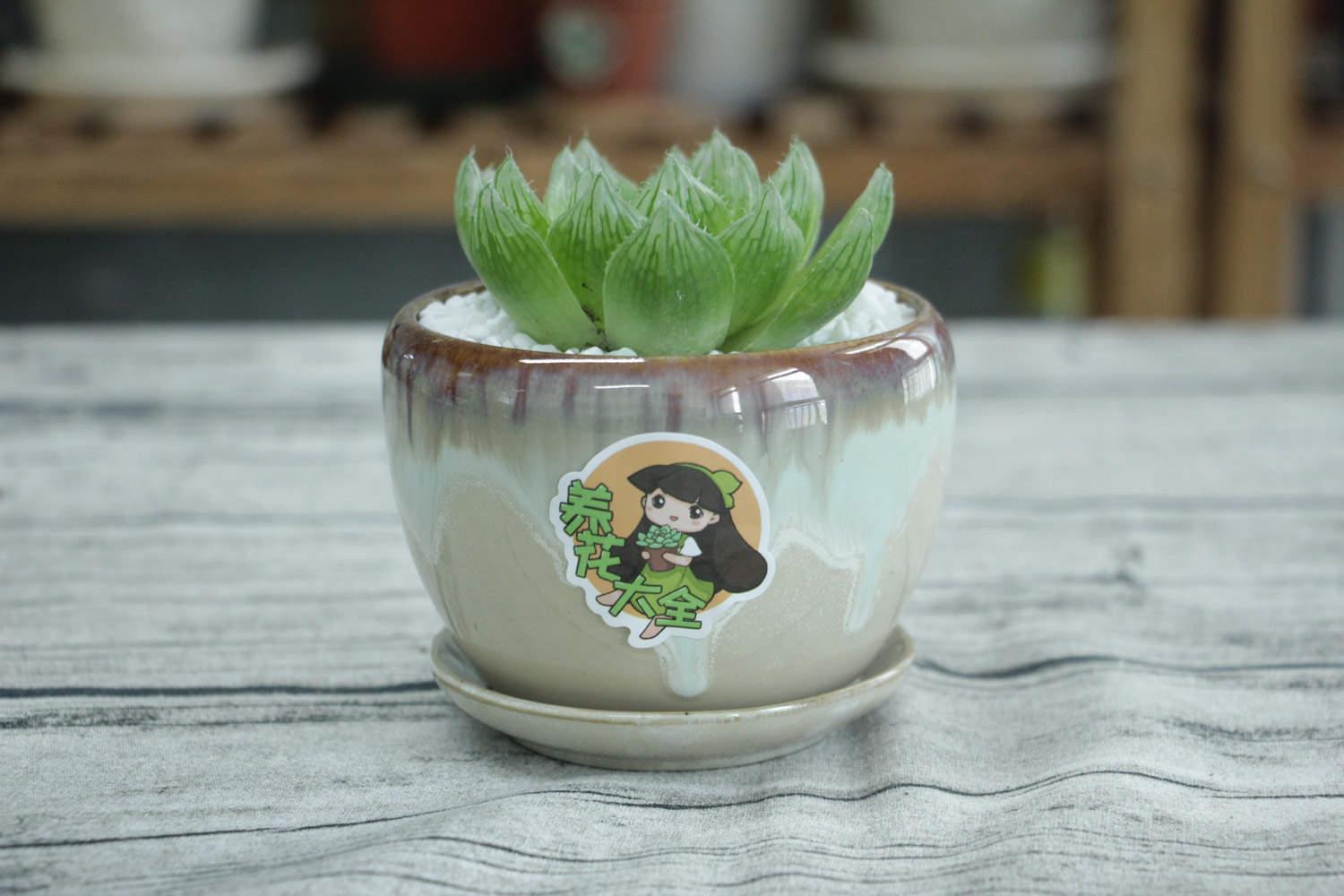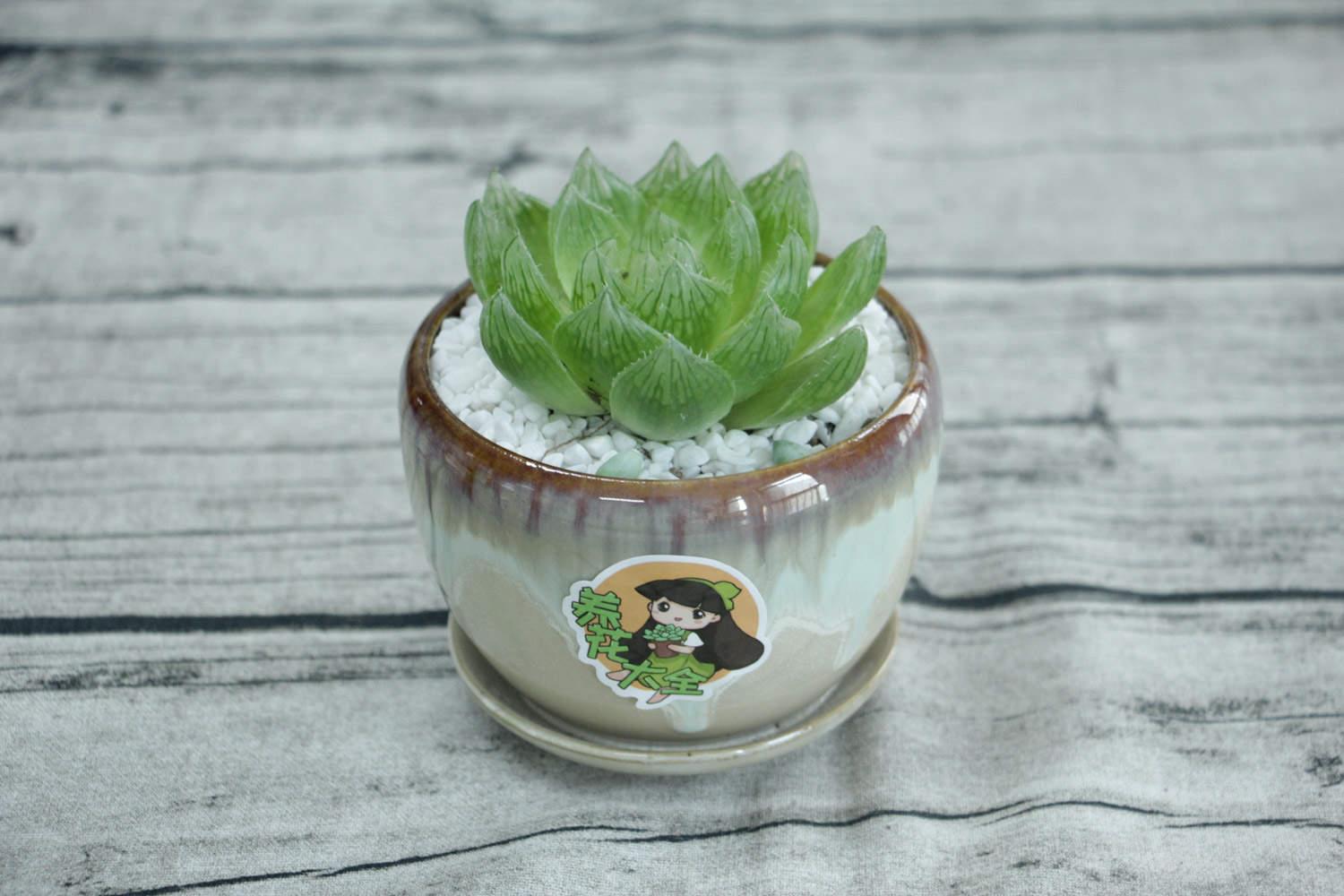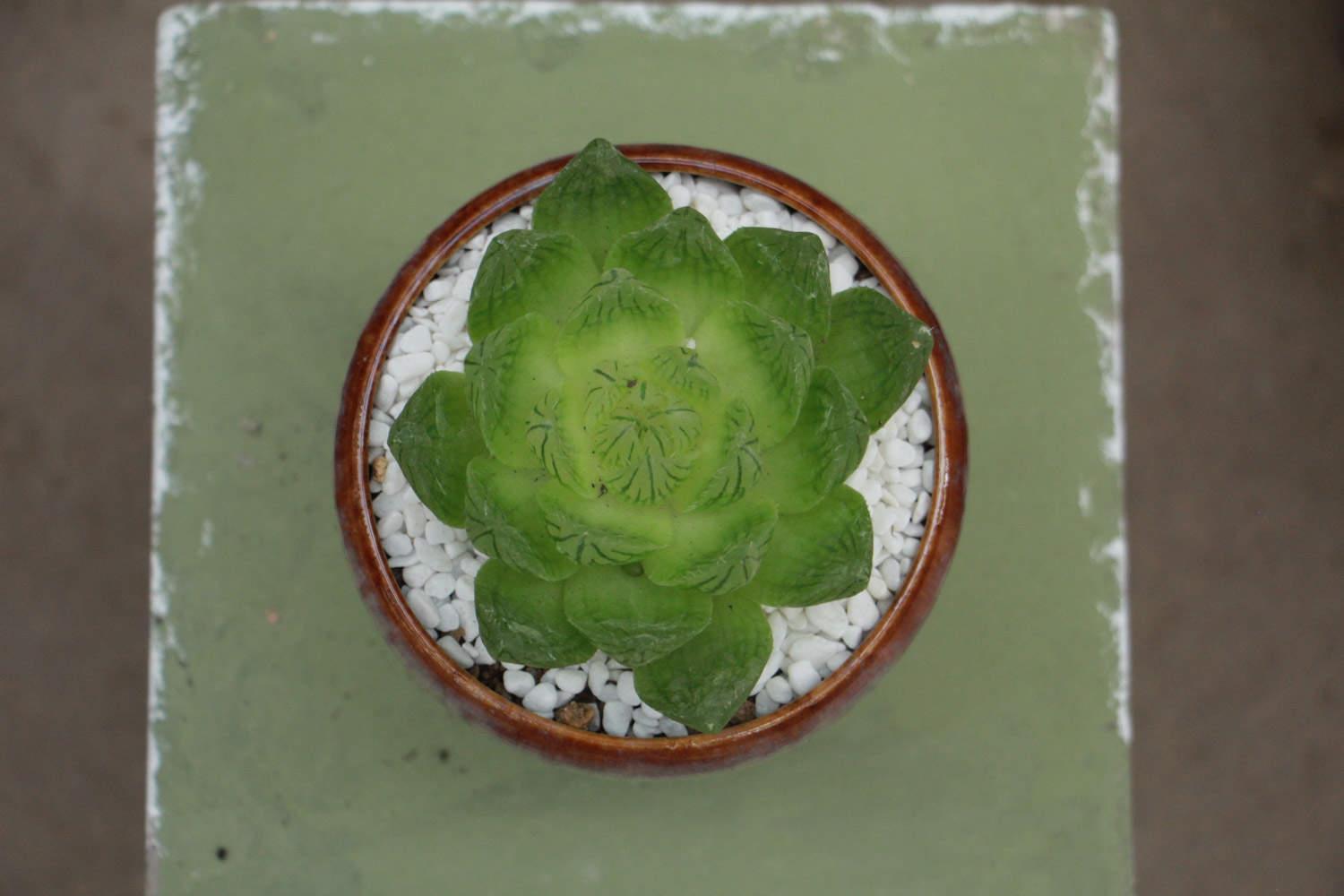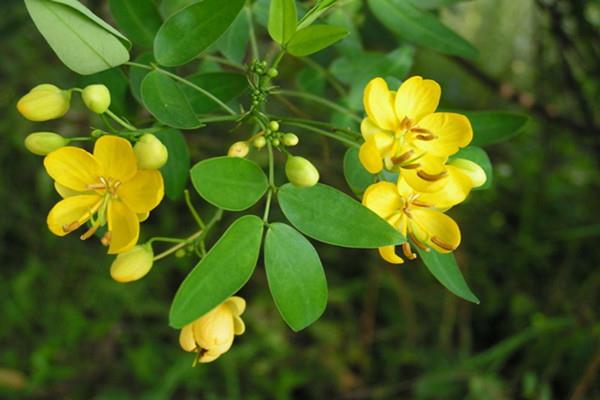How to care for large Yulu
Last Update :2024.06.24
Article Catalog
It has transparent and crystal-clear leaves and graceful veins. It has grown very large before it fully blooms, so it is called large jade dew. This is also a meaty breed that is loved by many people. Then let’s take a look at how to raise it!

1. Lighting
1. Light
It is very sensitive to light. It must not be exposed to the sun and must have moderate light. Too much light will make its color dim and appear brown. But don’t let too little light. Too little light will cause its growth to slow down, the leaves will not be so full, and it will be difficult to return to its original plump appearance. So we should put it in a place with bright light but not direct sunlight.

2. Temperature
Hi Warm, but afraid of high temperatures, 18 to 22 degrees is the most suitable temperature for its growth. Therefore, because the temperature is too high in summer, it will enter a dormant state. At this time, the ventilation of Yulu should be strengthened and moved to a cool place. In winter, the temperature should not be lower than 12°C, so it should be placed Warm interior. If grown in an environment below five degrees for a long time, although the plants will not freeze to death, they will be damaged by the frost and will be difficult to return to their original plump appearance.
3. Watering
There are no too troublesome requirements for watering, and there are not many requirements for water. Frequent spraying can increase the humidity of the air around it. Proper watering can make jade dew grow fuller and more transparent. Keep the soil in the pot moist and do not water it too much, as water accumulation will cause root rot.

4. Changing the basin
Each Repot every one to two years.
5. Soil
The potting soil should be relatively loose, fertile, well-drained and air-permeable sandy soil. Generally, leaf mold soil, garden soil and coarse sand are used. Or plant in soil mixed with vermiculite. The ratio of these three types of soil is one to one to three. If you add a small amount of calcareous materials, such as bone meal, it will grow more vigorously.

6. Fertilization
Every other Apply well-rotted thin liquid fertilizer or compound fertilizer once a month. When fertilizing, be careful not to sprinkle fertilizer on the leaves, otherwise the fertilizer applied to the leaves will form spots and affect their appearance. In summer, because it will enter the dormant period, it is time to stop fertilizing, and then resume normal fertilizing when the temperature drops and becomes cooler. Early morning or evening on a sunny day are very suitable for fertilizing.
2. Temperature
3. Watering
4. Change basin
5. Soil
6. Fertilization
- END -
The difference between Ephedra and Equisetum

Stem differences: The length of the joints of Ephedra is 3 to 4 cm; the stem of Eq...
The difference between Cassia bipod and Cassia japonica

Both of these two trees have small yellow flowers, and they can often be seen on b...